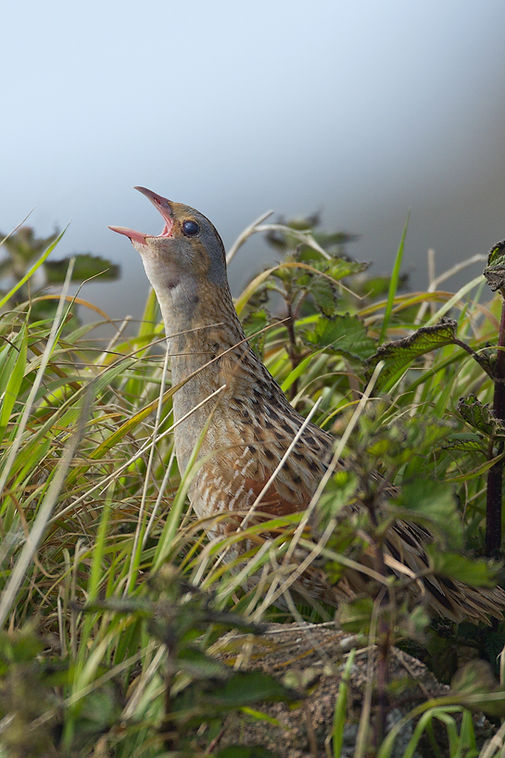
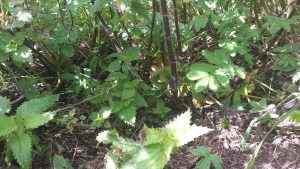
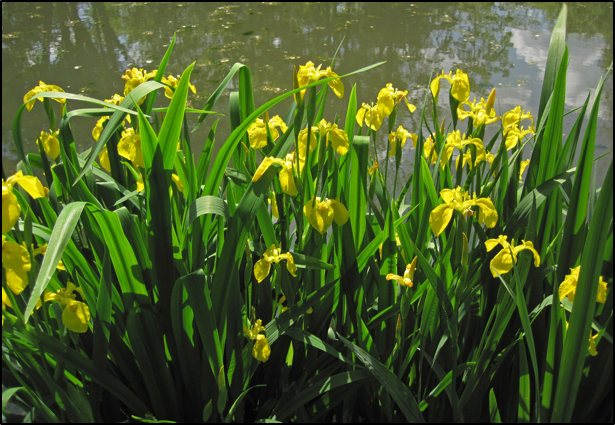
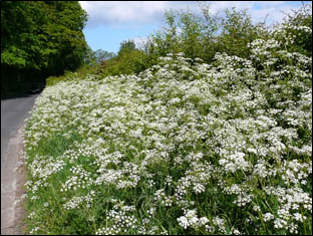
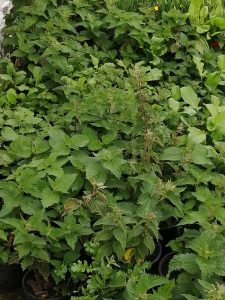
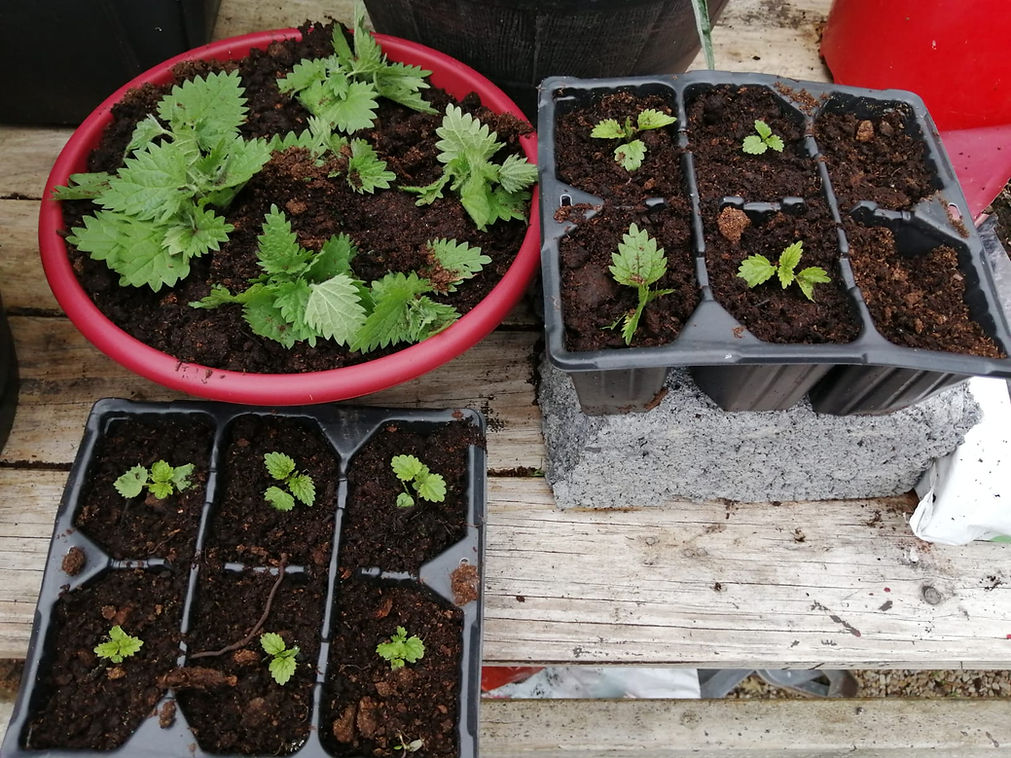

Corncrakes are a bit bigger than a blackbird and are dark yellow-brown, with dark barring on the back, reddish flanks and a grey belly. Chicks, upon hatching, have black down.
Males have a loud distinctive, ‘crex crex’ call, which carries up to 1km away. A shy species, Corncrakes are rarely seen and are best located by this call, which is mostly heard at night.
Corncrakes are generally found in tall vegetation (20cm) in hay and silage fields, rough pastures, and stands of herbaceous species such as Yellow flag iris and nettles. They are omnivorous, feeding mainly on insects, snails, slugs and worms but also on seeds.
Corncrakes are summer visitors, breeding in Ireland from April to September and migrating to Africa for the winter. A male’s territory can sometimes encompass several nests, creating local concentrations of breeding birds. The nest is made on the ground from stems and leaves. Females lay 8-12 eggs, and usually produce two broods a year. Nests are difficult to locate and are usually found within a 250m radius of calling males.
Corncrakes are migratory, wintering in sub-Saharan Africa, mostly in south-eastern countries (South Africa, Zimbabwe, Zambia and Tanzania), where grassland habitats are favoured.
Corncrakes begin arriving back on their breeding grounds in April and May. Like most rails, they are secretive and are rarely seen in the open. Throughout the breeding cycle, they require continuous cover of tall vegetation, at least 20cm in height, which retains an open structure – vegetation which becomes too dense as the season progresses tends to be avoided.
Males attract mates with their loud rasping song, calling most consistently for several hours from midnight onwards, from shortly after arrival until mid-July, when calling activity declines. They form a pair-bond with females during egg laying, at which time they sing less frequently at night.
The female is the sole carer, incubating the clutch of usually 8-12 eggs in a shallow nest on the ground concealed in tall vegetation. First brood chicks are accompanied by the female for about 12 days, with the female then abandoning the chicks to lay a second clutch.
